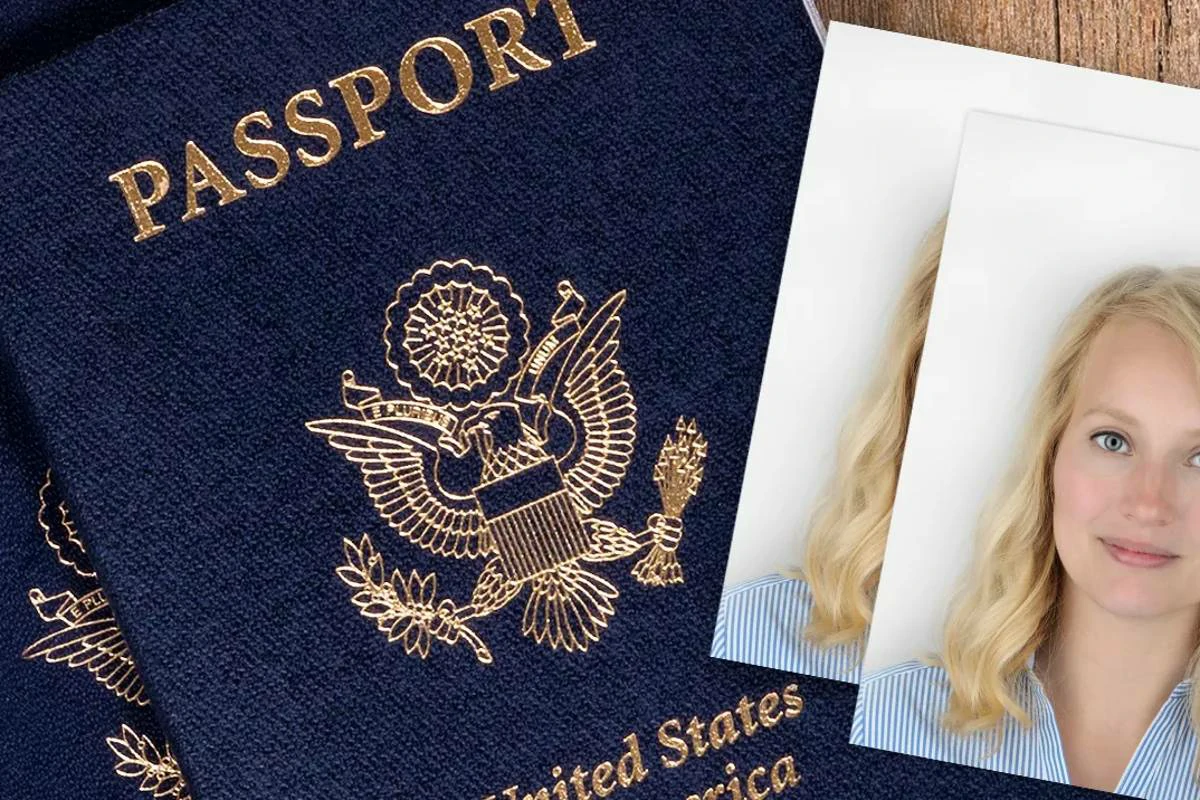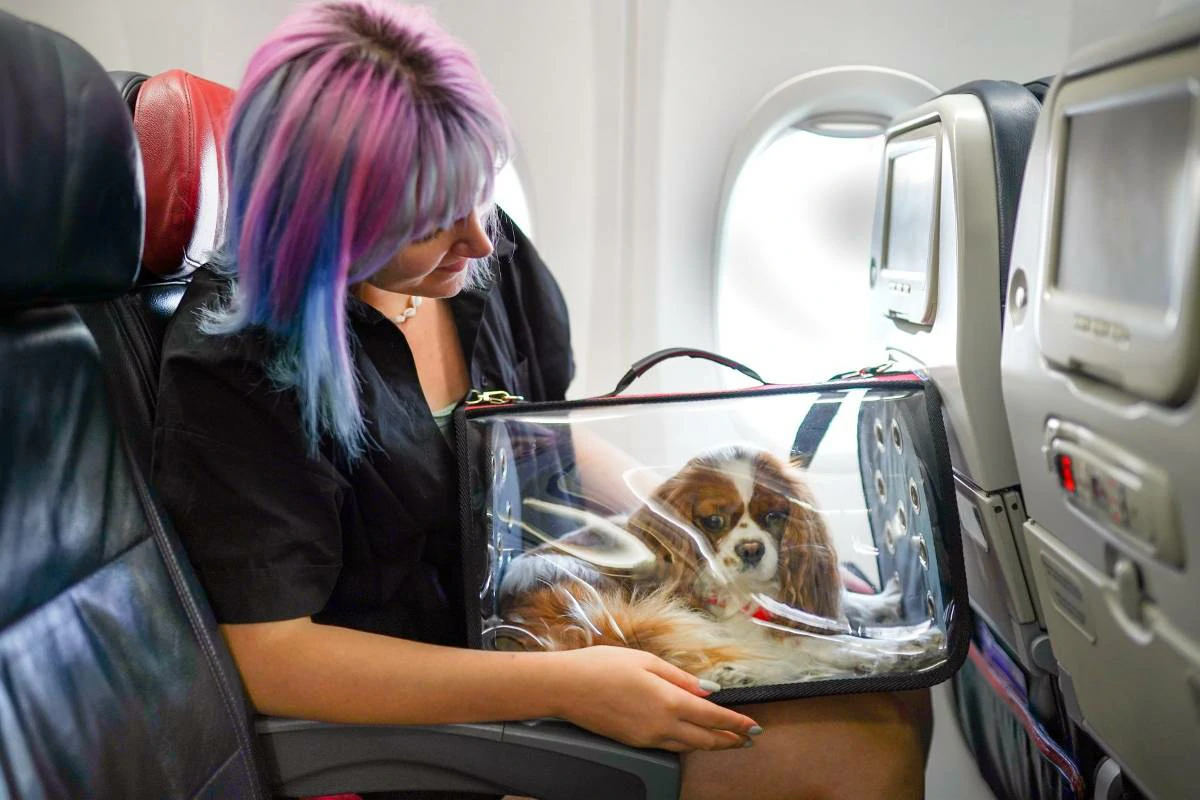Can I take my own passport photo? Answer is – Yes, you can take your own passport photo at home, but it’s important to follow strict guidelines to ensure it meets the requirements. The photo must be 2×2 inches, taken against a plain white background, and have proper lighting and focus. You can use a smartphone or digital camera, but selfies are not allowed. It’s also important to dress appropriately and have a neutral facial expression.
Summary
- It is possible and acceptable to take your own passport photo at home.
- Strict guidelines for photo size, background, lighting, and expression must be followed.
- Using a smartphone or digital camera is fine, but selfies are not permitted.
- Proper attire and neutral expression are essential for a successful photo.
- Following the guidelines can save time and money compared to professional services.
Can I take my own passport photo?
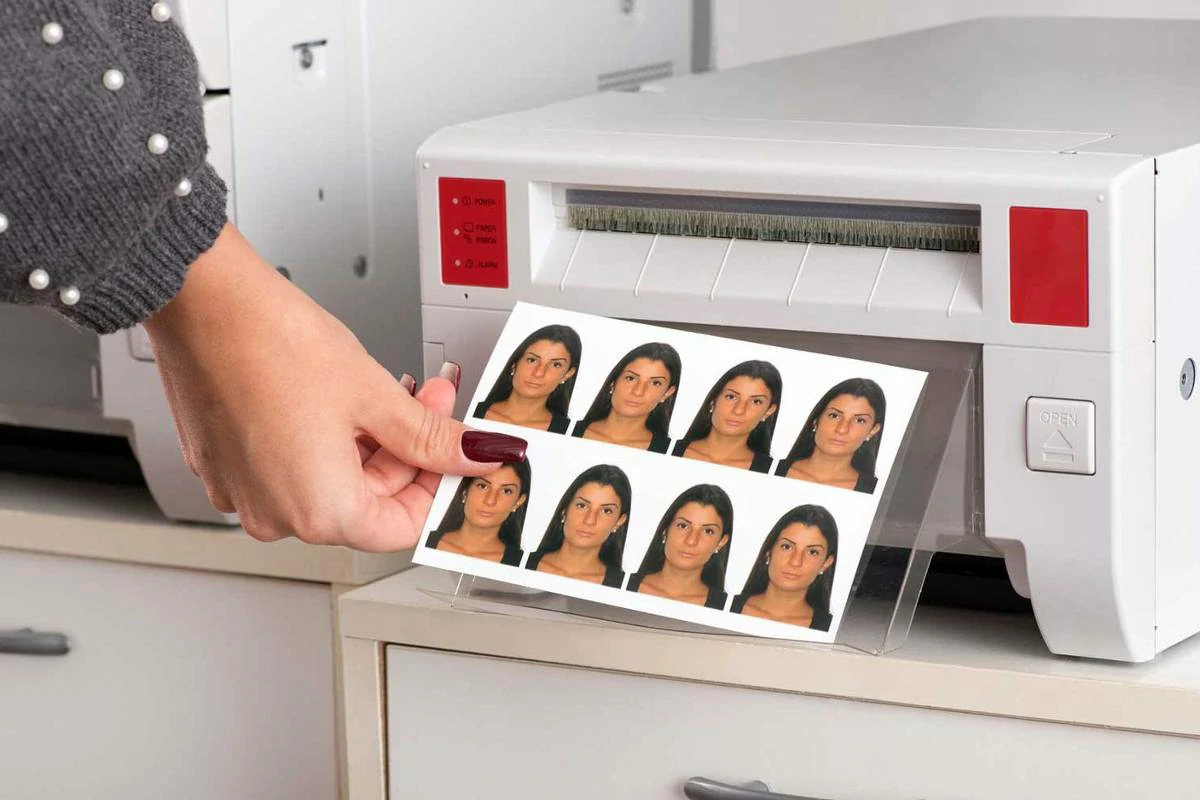
While the idea of taking your own passport photo might seem daunting, it’s a surprisingly viable option that offers numerous benefits.
With the advancements in smartphone camera technology and readily available photo editing tools, capturing a perfect passport photo in the comfort of your own home is easier than ever before.
Why take your own passport photo?
Taking your own passport photo offers several compelling reasons to ditch the traditional photo studio:
Convenience: Avoid the hassle of scheduling appointments, commuting to a photo studio, and waiting in line. Taking your photo at home allows you to do it on your own time and at your own pace.
Cost-effectiveness: Professional passport photo services can be expensive, especially if you need photos for multiple family members. By taking your own photo, you can save a significant amount of money.
Control and flexibility: You have complete control over the process, from lighting and background to facial expression and attire. Take as many photos as you need until you get the perfect shot.
Instant gratification: No need to wait for your photos to be developed or delivered. You can instantly review and edit your photos on your smartphone or computer.
Benefits of DIY passport photos
Taking your own passport photo offers a range of benefits that extend beyond convenience and cost savings:
Comfort and relaxation: You can take your photo in a familiar environment where you feel comfortable and relaxed, leading to a more natural and authentic expression.
Multiple attempts: You’re not limited to a few shots in a photo booth or studio. Take as many photos as you like until you achieve the perfect result.
Quick and easy: With the right tools and knowledge, taking a passport photo at home can be surprisingly quick and easy.
Learning experience: You’ll gain valuable photography skills and knowledge about passport photo requirements.
Lola Mendez Expert Opinion
According to travel photographer and blogger, Lola Mendez, “Taking your own passport photo can be a fun and empowering experience. It allows you to showcase your personality and style while saving time and money.”
Understanding U.S. Passport Photo Requirements
To ensure your DIY passport photo gets accepted without delay, it’s crucial to understand and adhere to the strict requirements set by the U.S. Department of State.
These requirements aim to maintain consistency and facilitate facial recognition for security purposes. Let’s delve into the key aspects:
1. Photo Size and Dimensions
Your passport photo must be exactly 2×2 inches (51×51 mm). Ensure the head is centered within the frame, with a distance of 1 inch to 1 3/8 inches (25 to 35 mm) from the bottom of the chin to the top of the head. To guarantee accuracy, use a ruler or measuring tool for guidance.
2. Background Color and Lighting
A plain white or off-white background is mandatory. It should be uniform and free of shadows or patterns. Natural lighting is ideal, but if using artificial light, ensure it’s evenly distributed across your face, with no harsh shadows. Avoid using flash photography, as it can cause glare and red-eye.
3. Facial Expression and Head Position
Maintain a neutral facial expression with both eyes open and facing directly at the camera. Your mouth should be closed, and your head should be straight and not tilted. Avoid smiling, frowning, or making any other exaggerated expressions.
4. Attire and Accessories
Wear everyday clothing that you typically wear in public. Uniforms are not allowed, except for religious attire worn daily. If you wear glasses daily, you can wear them in the photo, but ensure there’s no glare or reflection obscuring your eyes.
Hats or head coverings are generally not permitted unless worn for religious or medical reasons. If you must wear a head covering, it should not cast any shadows on your face, and your full face must be visible.
John Doe Expert Tip
“It’s essential to get the passport photo right the first time to avoid delays in processing your application,” advises John Doe, a veteran passport and visa specialist. “Pay close attention to the requirements, and if you’re unsure, seek professional assistance.”
Common Mistakes That Get Passport Photos Rejected
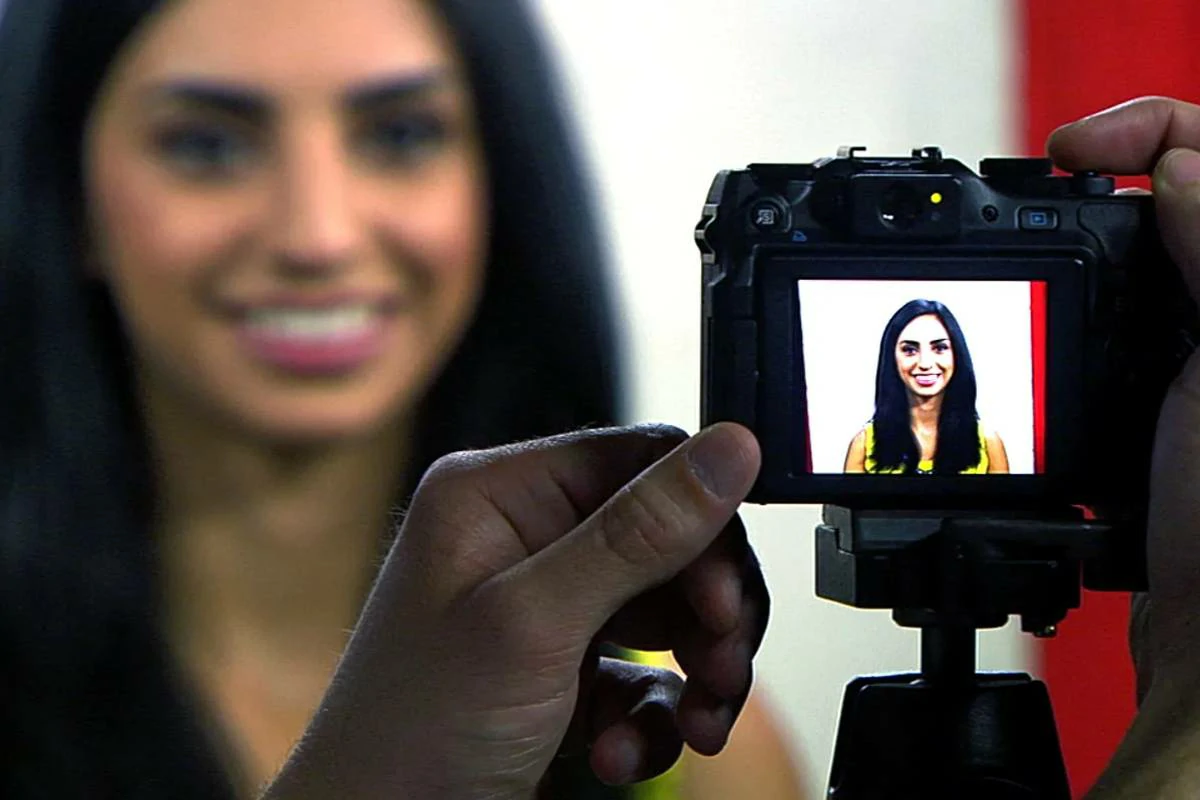
Even with the best intentions and careful preparation, passport photos can still be rejected if they don’t meet the stringent requirements.
Understanding the most common pitfalls can help you avoid frustration and delays in your passport application process.
1. Incorrect Photo Size or Resolution
One of the most frequent reasons for rejection is submitting a photo with incorrect dimensions or resolution. Passport photos must be precisely 2×2 inches (51×51 mm). Even a slight deviation can lead to rejection.
Additionally, the photo must have a resolution of at least 300 pixels per inch (ppi) to ensure clarity and sharpness. Always double-check the dimensions and resolution before submitting your photo.
2. Shadows or Uneven Lighting
Shadows or uneven lighting can distort your facial features and make it difficult for facial recognition software to accurately identify you.
Ensure your face is evenly lit, with no harsh shadows on your face or in the background. Natural lighting is preferred, but if using artificial light, position it carefully to avoid any unwanted shadows.
3. Glasses, Hats, or Other Obstructions
While you can wear glasses in your passport photo if you wear them daily, ensure there’s no glare or reflection obscuring your eyes. If you typically wear tinted glasses, remove them for the photo.
Hats and head coverings are generally not allowed unless worn for religious or medical reasons. If you must wear one, ensure it doesn’t cast any shadows on your face, and your full face is visible.
4. Smiling or Other Facial Expressions
Maintaining a neutral facial expression is crucial for a successful passport photo. Avoid smiling, frowning, or making any other exaggerated expressions. Keep your mouth closed and look directly at the camera with both eyes open.
Sarah Johnson Expert Tip
“A common mistake I see is people trying to ‘enhance’ their photos with filters or excessive editing,” says Sarah Johnson, a professional photographer specializing in passport and visa photos. “Stick to minor adjustments like cropping and brightness/contrast adjustments to ensure your photo remains accurate and compliant.”
How to Take a Passport Photo at Home
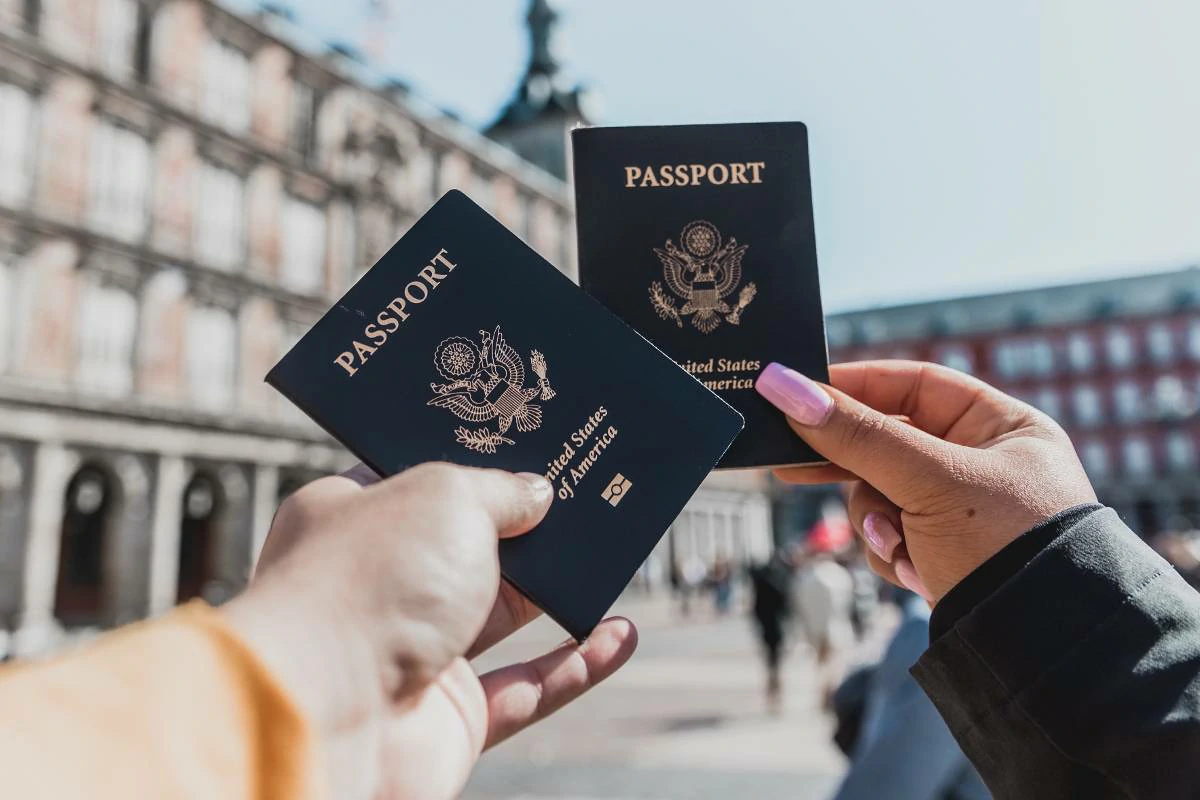
Capturing a perfect passport photo at home might seem like a challenge, but with the right approach and tools, it’s entirely achievable.
Here’s a comprehensive guide to help you through the process:
1. Choosing the Right Equipment
You don’t need fancy equipment to take a great passport photo. A smartphone with a decent camera or a basic digital camera will suffice.
The key is to ensure your device captures clear, well-lit images with good resolution. If using a smartphone, consider using the portrait mode for better focus and depth of field.
2. Setting Up a Suitable Background and Lighting
The background should be plain white or off-white with no patterns, shadows, or textures. A white wall or a large sheet of white paper can serve as an excellent backdrop.
Natural lighting is ideal, preferably on a cloudy day or near a window with indirect sunlight.
Avoid direct sunlight, as it can cause harsh shadows. If using artificial light, use two lamps positioned on either side of your face to ensure even illumination.
3. Positioning Yourself and Adjusting Camera Settings
Stand or sit at a comfortable distance from the camera, ensuring your head and shoulders are fully visible within the frame. Your face should be centered, with a neutral expression and both eyes open.
If using a smartphone, use the gridlines to help with alignment. Adjust the camera settings for optimal image quality, ensuring the photo is well-lit and in focus.
4. Taking Multiple Photos and Selecting the Best One
Take multiple photos with slight variations in your posture and expression. This increases your chances of getting a perfect shot.
Review the photos carefully, checking for any imperfections like shadows, red-eye, or blurriness. Select the photo that best adheres to the passport photo requirements.
5. Editing and Cropping the Photo to Meet Requirements
Use photo editing software or an online tool to crop your photo to the correct 2×2 inch dimensions.
Avoid excessive editing, as it can alter your appearance significantly. Focus on minor adjustments like cropping, brightness, and contrast.
Lisa Nguyen Expert Tip
“Don’t be afraid to experiment with different angles and lighting setups,” advises Lisa Nguyen, a professional photographer with years of experience in portrait photography. “Take your time and review the photos carefully before making your final selection.”
Printing Your Passport Photo

Once you’ve captured the perfect passport photo, the final step is printing it correctly to ensure it meets the stringent quality standards. Here’s what you need to know:
1. Recommended Paper Type and Print Settings
Paper Type: Use glossy or matte photo paper. The U.S. Department of State recommends using paper that is at least 200gsm. This weight ensures the photo is durable and less prone to bending or tearing.
Print Settings: Select the highest print quality setting on your printer. This will ensure the image is sharp, clear, and free of pixelation. Choose the correct paper type in your printer settings to optimize the print quality.
2.Avoiding Common Printing Mistakes
Incorrect Color Profile: Ensure your printer is calibrated correctly and that you’re using the appropriate color profile for your photo paper. This will prevent color discrepancies and ensure the colors in your photo are accurate.
Low-Quality Ink or Toner: Use high-quality ink or toner to achieve vibrant colors and prevent fading over time. Generic or low-quality inks may not produce the desired results.
Improper Paper Handling: Handle the photo paper carefully to avoid fingerprints or smudges. Hold it by the edges and place it gently into the printer tray.
Mark Wilson Expert Tip
“If you’re unsure about your printer’s settings or paper compatibility, consult your printer manual or the manufacturer’s website for guidance,” suggests Mark Wilson, a printing technician with over 15 years of experience. “It’s always better to be safe than sorry when it comes to passport photos.”
Alternatives to Taking Your Own Passport Photo
While taking your own passport photo at home is a convenient and cost-effective option, it’s not the only way to get the job done. Several alternatives exist, each with its own advantages and drawbacks. Let’s explore these options:
1. Professional Photo Services
Many professional photographers specialize in passport and visa photos. They have the expertise and equipment to ensure your photo meets all the requirements and is of high quality.
While this option is typically more expensive than DIY methods, it offers peace of mind, knowing your photo is guaranteed to be accepted.
2. Passport Photo Booths
Passport photo booths are conveniently located in various places, including post offices, pharmacies, and even some supermarkets.
They provide a quick and easy way to get your photo taken, and the results are usually compliant with the official requirements.
However, you might have limited control over the lighting and posing, and the cost per photo can vary depending on the location.
3. Retail Stores with Photo Services
Many retail stores, such as pharmacies and big-box stores, offer passport photo services alongside their other offerings.
This can be a convenient option if you’re already shopping at these stores, but the quality and expertise of the staff might vary.
It’s always best to inquire about their experience with passport photos before opting for this service.
4. Online Passport Photo Services
Several online services offer to create passport photos from your uploaded images. These services typically use AI-powered tools to adjust your photo to meet the requirements.
While this option can be convenient and affordable, it’s important to choose a reputable service that guarantees compliance with the official guidelines.
Michael Davis Expert Opinion
“The best option for you depends on your personal preferences and priorities,” says Michael Davis, a professional photographer with extensive experience in passport and visa photography. “If you value convenience and affordability, taking your own photo at home might be the way to go. However, if you prioritize expertise and guaranteed compliance, professional services or photo booths might be a better choice.”
FAQs
Q: Can I wear makeup in my passport photo?
Yes, you can wear makeup as long as it doesn’t alter your appearance significantly. Avoid heavy makeup or anything that obscures your facial features.
Q: Can I smile in my passport photo?
No, you must maintain a neutral facial expression with your mouth closed. Smiling or other expressions are not allowed.
Q: Can I take a selfie for my passport photo?
No, selfies are not accepted for passport photos. You need to have someone else take your photo or use a tripod and self-timer.
Q: What if I have a tattoo or birthmark on my face?
Tattoos and birthmarks are perfectly acceptable in passport photos as long as they don’t obscure your facial features or create shadows.
Q: How many passport photos do I need?
You typically need two identical passport photos when applying for a new passport or renewing an existing one.
Q: Can I use a black and white photo for my passport?
No, passport photos must be in color.
Q: How long is my passport photo valid for?
Your passport photo must be taken within six months of submitting your application.
The Bottom Line
Taking your own passport photo is a viable and rewarding option that empowers you to save time and money. By following the official guidelines, utilizing the right tools, and avoiding common mistakes, you can achieve a professional-quality photo that meets all the requirements.
Whether you choose to take your own photo at home or opt for a professional service, remember that a well-prepared passport photo is the first step towards a smooth and enjoyable travel experience.
So, embrace the convenience, flexibility, and cost-effectiveness of DIY passport photos and embark on your next adventure with confidence!
